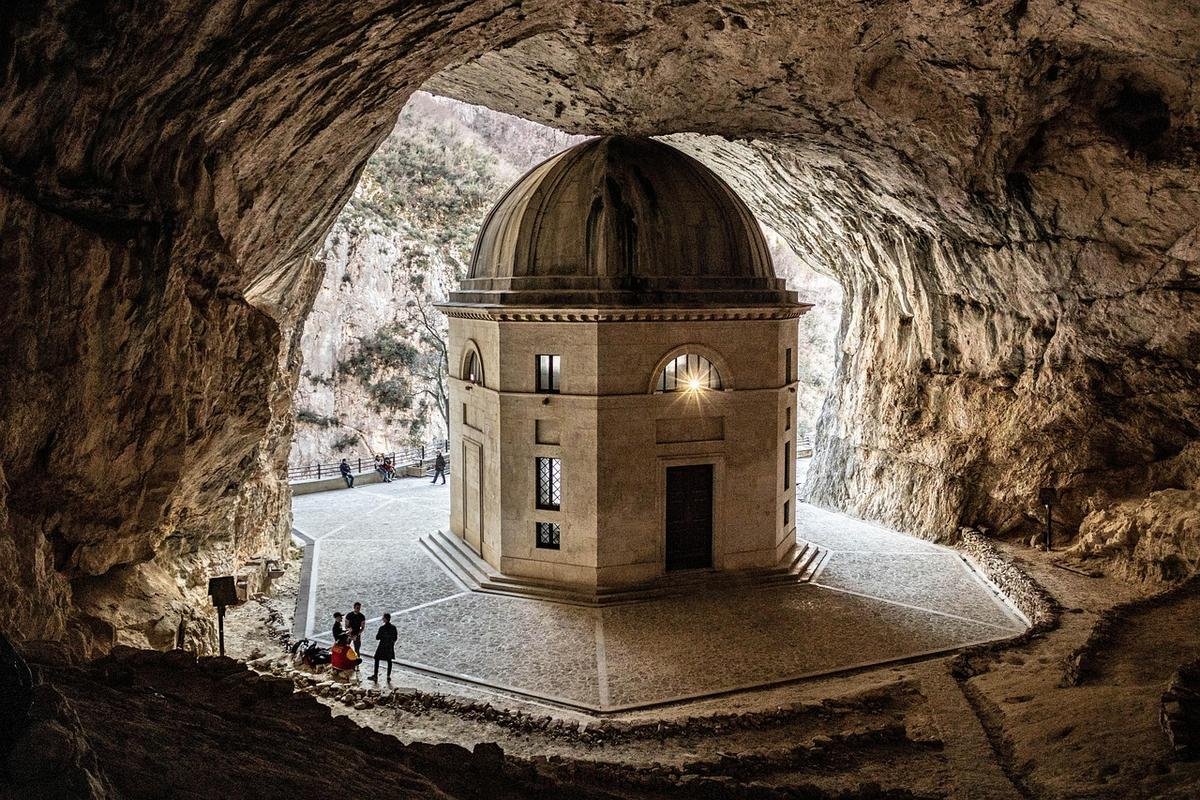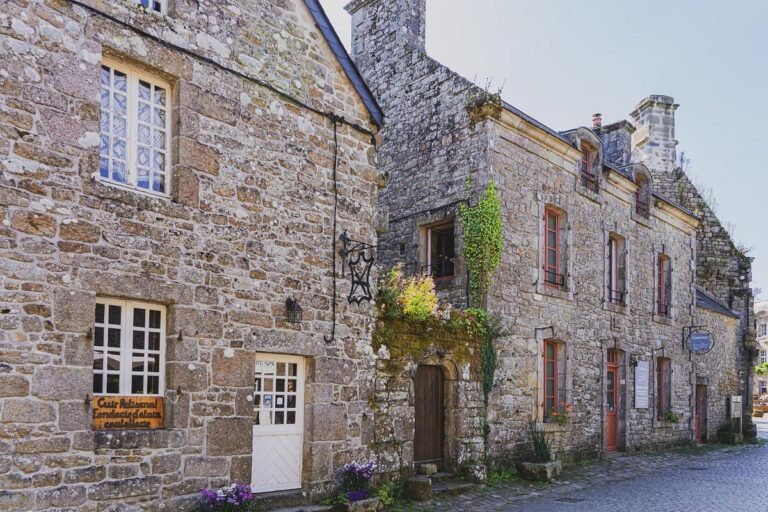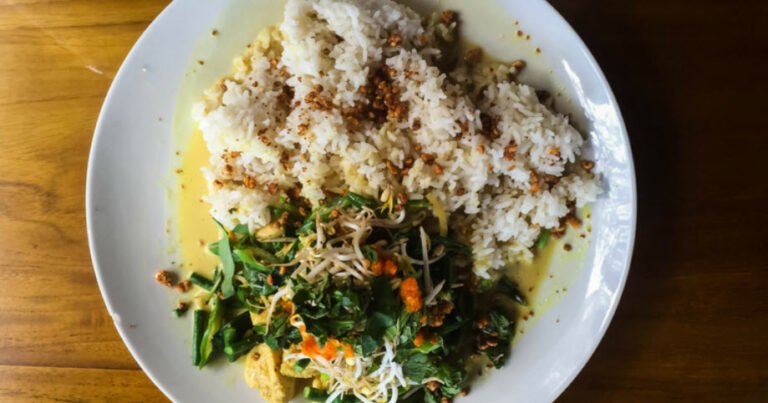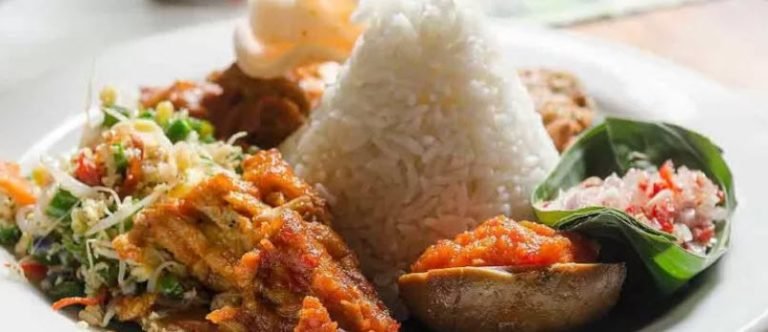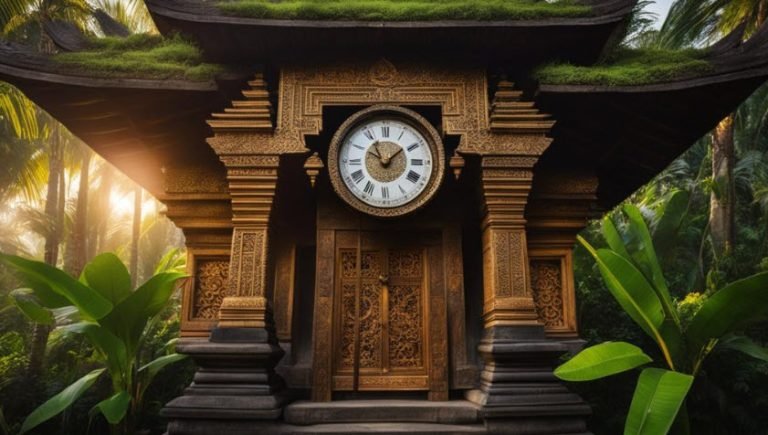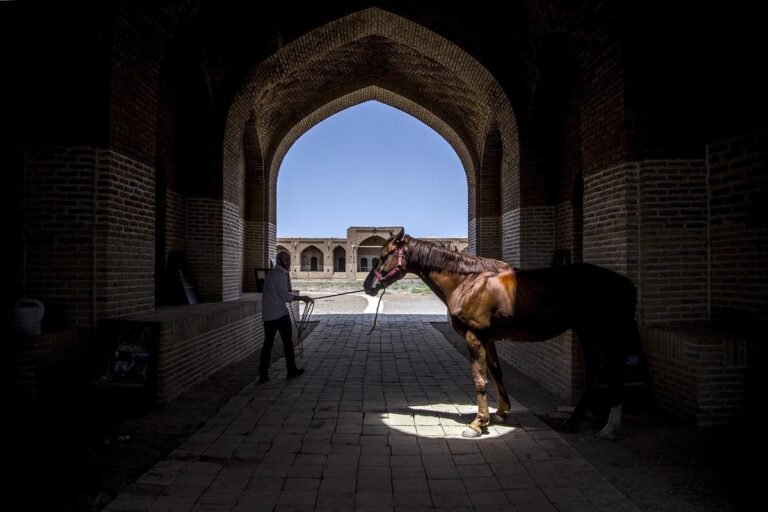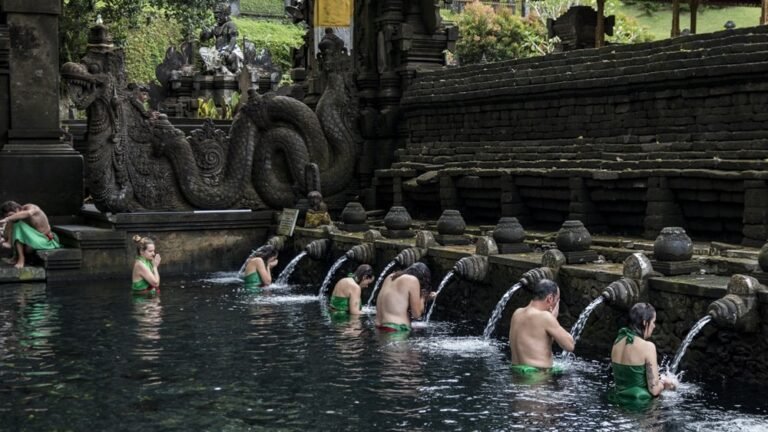12th-Century Pura Bukit Indrakila Offers Royal Yoga Sanctuary Atop Bali’s Kintamani Hills
Pura Bukit Indrakila sits within the Pura Kahyangan Jagat complex in Desa Dausa, Kintamani District, Bangli Regency. Visitors follow the main road, Jl. Raya Kintamani, for roughly 72 kilometers from Denpasar City—a drive exceeding two hours—or about 95 kilometers from Jimbaran, taking nearly three hours. The temple perches atop a hill encircled by mountain peaks, so reaching its gates entails a steady upward walk. Nearby sites include Pura Beji Bada and Pura Subak Abian Biding Sari.
Historical accounts place the temple’s founding during the reign of King Jaya Sakti between 1133 and 1150 AD. In its early days, Bali’s rulers chose this serene hilltop retreat for yoga, meditation, and spiritual seclusion. The name “Indrakila” honors Mount Indrakila in India and invokes the rain god revered in Hindu tradition.
Inside the complex, Pesandekan remains off-limits to casual visitors. Access is granted only to those who have completed the Upacara Pawintenan purification ritual, the Upacara Persembahyangan worship ceremony, or practitioners who have attained specific spiritual ranks. Carved stone tablets in this precinct reinforce its sacred status. Inscriptions include:
“Paduka Raja Sri Ugrasena, dated 857 and 864 Saka (Saka is the Hindu calendar), prohibits the collection of taxes and warns of a curse from the gods for violators.”
A second tablet declares:
“Paduka Raja Anak Wungsu in 983 Saka states that anyone who worships at the sacred fire must be offered food.”
Another reads:
“Paduka Sri Maharaja Jaya Sakti, in 1046 Saka, decreed that all elders must discuss matters of taxation and levies.”
A further inscription instructs:
“Paduka Sri Maharaja Ali Jayapangus, in 1103 Saka, ordered that military commanders must submit to high-ranking officials of the kingdom.”
Moving into Penataran Hyang Api, visitors see shrines kept in immaculate condition and arranged in mirror-image pairs. Each side hosts identical structures named Ratu Ayu Manik Mas Ketel, Ida Wangsa Arya, Ida Dalem Paum, Ida Dalem Pulasari, and others. A five-tiered meru stands at the center for offerings to the deities. A nearby pavilion decorated with Chinese motifs hints at historical ties to Sino-Buddhist traditions.
The final area, Payogan Humintang, served as the kings’ private arena for yoga, meditation, and ascetic practice. Bali’s monarchs carried immense responsibilities, both domestic and political. This space reflects two divine principles: Shiva, representing moksha (liberation), and Brahma, symbolizing growth in knowledge and power. A seven-tiered meru anchors the site, providing a focal point for seekers aiming to achieve liberation.
Pura Bukit Indrakila remains more than a worship site; its cool, mist-touched atmosphere continues to refresh body and mind. Perched amid mountain vistas, it offers a peaceful haven from life’s demands. Centuries after its founding, the temple still stands in remarkably pristine condition.

